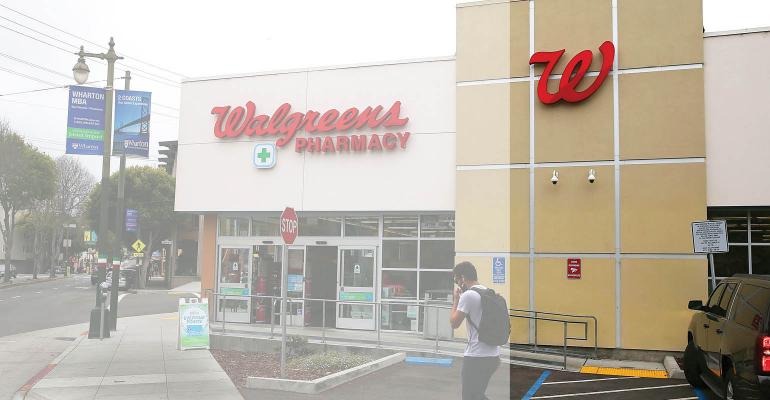The single-tenant net lease sector is a bedrock of commercial real estate investment. Bulwarked with long-term leases to stable tenants, the sector is always a popular bet for a variety of commercial real estate investors. And all signs point to the sector remaining in solid shape for the foreseeable future, even in what many are viewing as the late stages of the current real estate cycle, at least according to the results of NREI’s most recent exclusive research into the sector.
Sentiment on the sector remained consistent with 2017. This year, 15 percent of respondents said there is too much supply on the market for investment—up slightly from 13 percent in 2017 and 7 percent in 2016. Overall, 35 percent said there is the “right amount” of supply, which is consistent with both 2017 and 2016 results. Meanwhile, 27 percent said there is “too little” supply, down from 29 percent in 2017 and 35 percent in 2016.
As of the fourth quarter, cap rates for the single-tenant net lease retail sector reached a new historic low rate of 6.07 percent, according to The Boulder Group, a net lease commercial real estate services firm. During the same time period, cap rates for the office sector increased by 2 basis points to 7.00 percent and cap rates for the industrial sector decreased by 2 basis points to 7.25 percent.
Respondents estimate current cap rates for net lease properties to be at about 6.1 percent. But there is some expectation that cap rates will increase, although sentiment that cap rates would increase was stronger in 2017. This year, 63 percent expect an increase, down from 69 percent in 2017. In 2016, only 42 percent said they expected cap rates to increase. Meanwhile, 27 percent expect no change (up from 20 percent in 2017 and down from 48 percent in 2016). In addition, 11 percent of respondents said cap rates will decrease, the same figure as the previous two surveys.
In terms of money chasing deals, 45 percent of respondents said they would characterize the availability of equity in the net lease sector as unchanged from a year ago (vs. 48 percent in 2017 and 52 percent in 2016). An additional 27 percent said equity capital is more widely available, while only 10 percent said it is less available and another 18 percent said they weren’t sure.
On the debt side of the equation, responses were also consistent with recent years. There, 46 percent said the availability of debt is unchanged from a year ago. Meanwhile, 21 percent said it is more widely available (up from 19 percent) and 15 percent said it is less available (down from 21 percent). Another 18 percent said they weren’t sure.
Respondents were also asked how they expected various financing aspects to change for the net lease sector in the next 12 months. For loan-to-value (LTV) ratios and debt service coverage (DSC) ratios, a majority of respondents (66 percent and 65 percent, respectively) said they would remain the same. For LTV ratios, an equal number of respondents (17 percent each) said they would increase or decrease. On DSC ratios, 26 percent said they would increase, while only 9 percent said they would decrease.
When it comes to interest rates, not surprisingly, 83 percent said they expect increases in the next 12 months. Only 2 percent said we will see decreases, while 15 percent said they would remain flat. On the risk premium (the spread between the risk-free 10-Year Treasuries and cap rates), a plurality of 47 percent said they would remain flat, while 43 percent said they would increase.
Survey methodology:
The NREI research report on the net lease sector was completed via online surveys distributed to readers of NREI in February. The survey yielded 490 responses. Recipients were asked what regions they operated in (and were allowed to select multiple regions). Overall, 45 percent said they operated in the South, followed by the East (45 percent), the West (40 percent) and the Midwest (36 percent). About half of respondents (49 percent) hold the titles of owner, partner, president, chairman, CEO or CFO.

